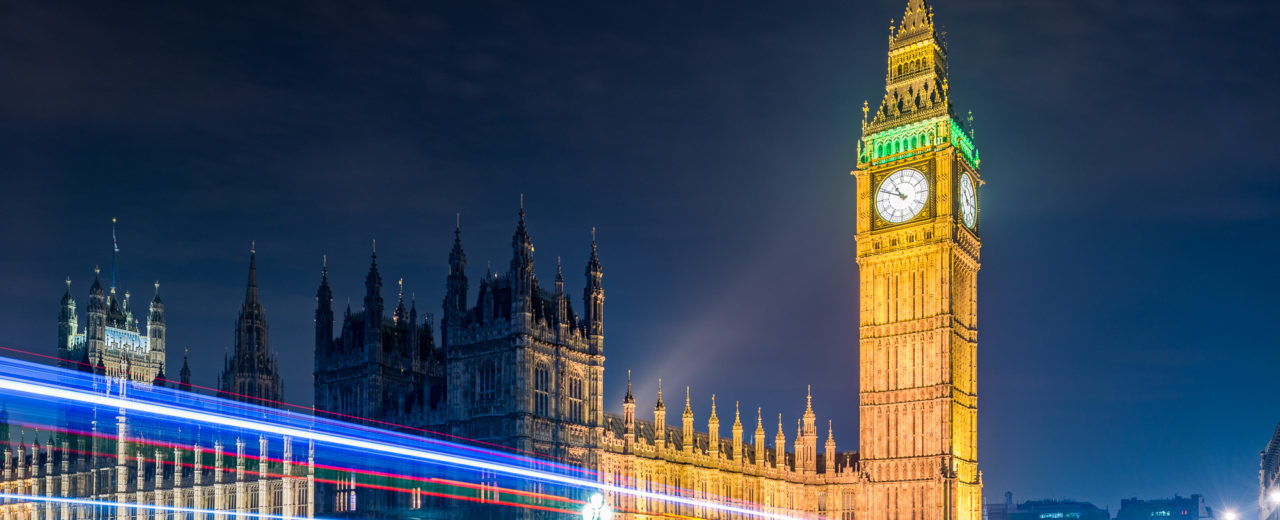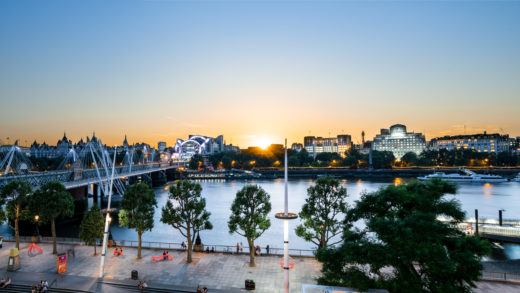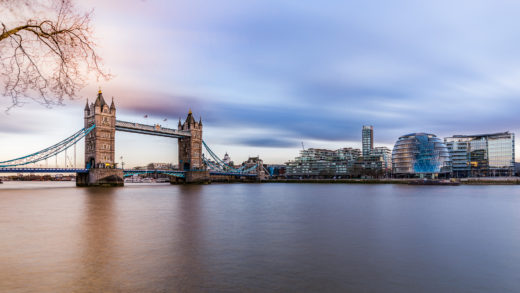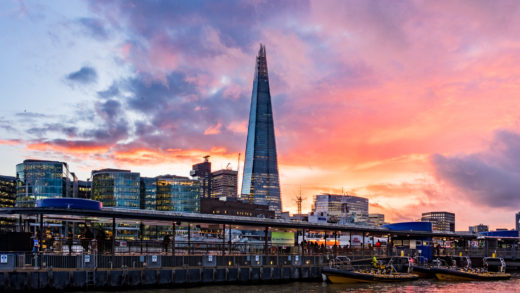Big Ben / Westminster – Photographing London
Location
One of the most iconic sites in London is, of course… Big Ben
This angle/view has been featured in many photos, films and TV series and it’s a great angle due to the fact you get a clear view of Big Ben, showcasing Westminster Abbey to the left and can feature the movement of London traffic across the bridge.
This view is actually super easy to locate as the nearest station is at the end of one side of the bridge. Once you come out of Westminster Train station which is featured on the District, Circle and Jubilee line it is just on the left, very easily found.
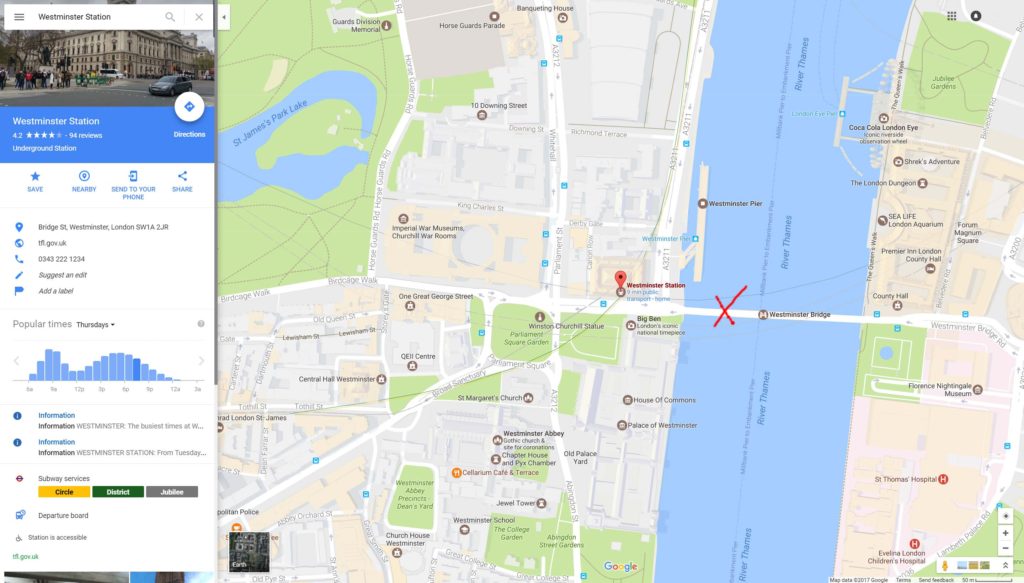
Equipment Used
- Nikon D800
- Nikon 14-24mm f/2.8
- Nikon 24mm f/3.5 PC-E
- Rollei C5i Tripod
Photographing The Site
Shooting this scene can be a little tricky due to the height of Big Ben and the proximity you’ll be to the site.
You will need a wide angle lens, a 24mm full-frame equivalent will do.
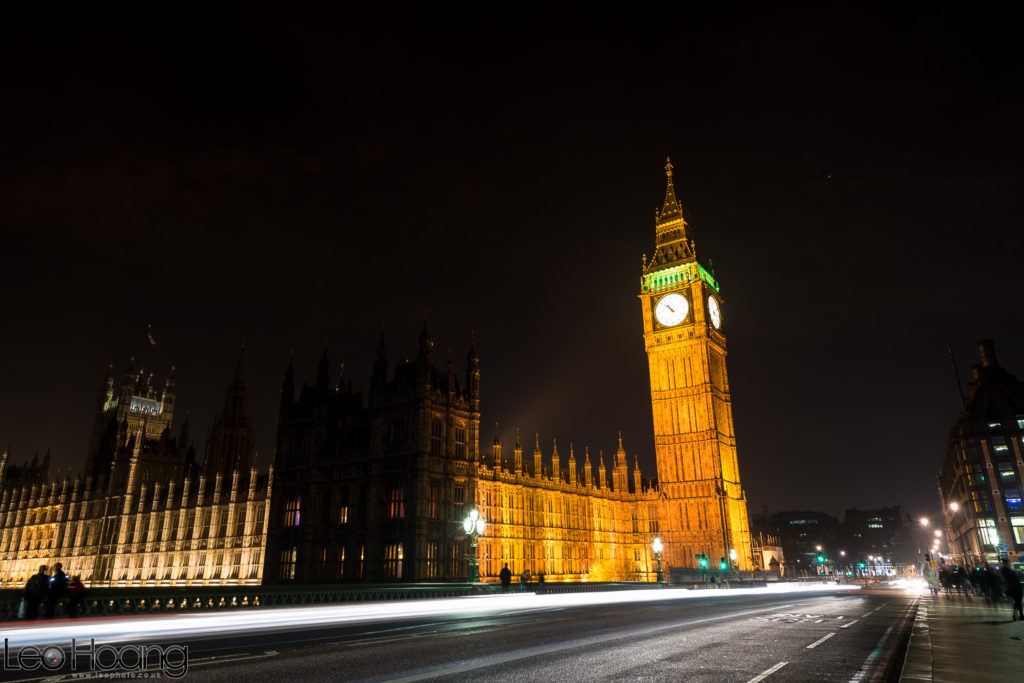
Nikon D800 w/ Nikon 14-24mm f/2.8 @ 24mm, f/8, ISO100, 10sec
As you can see, straight out of the camera you will have converging lines which can be corrected in post-production.
At night, a Tripod is a must. You can, of course, use a higher ISO and a wider aperture, but you may not achieve the cleanest or sharpest file. So I do always suggest using a Tripod for night time photography, especially if you’re looking to achieve the light trails from the traffic.
If you are using a Tripod, make sure you’re also setting the camera to self-timer to minimise any camera shake from when you press the shutter.
Editing The Photo
A simple click within Adobe Lightroom can remedy the converging lines issue.
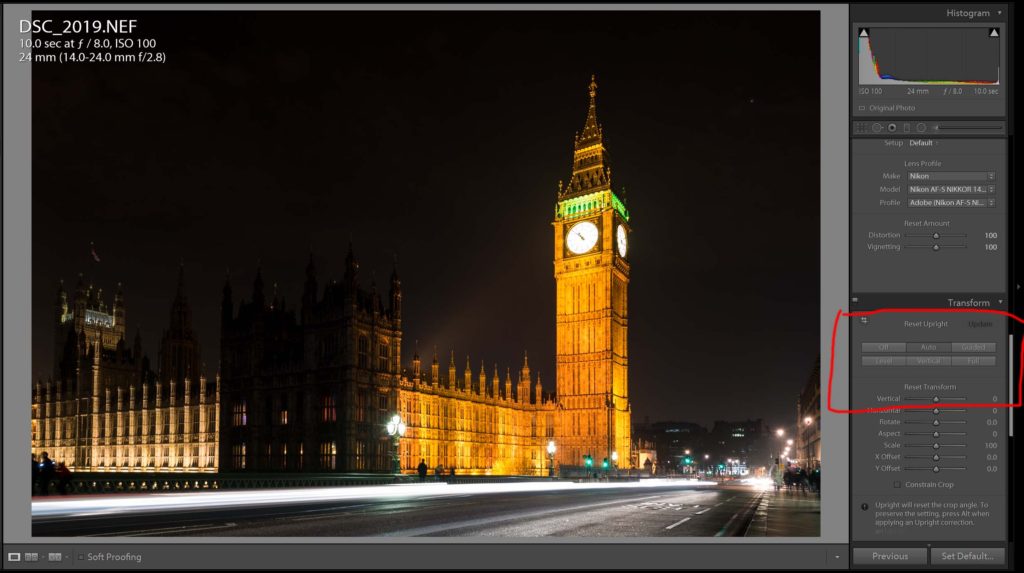
By pressing CRTL+7 in the develop module it will take you to the Transform section on your develop panel. Hit “Auto” and Lightroom will do the rest. You can fine tune the transformation by using the sliders below.
From here, you can take the image wherever you like with your creative eye. Above is just a basic example of composition with this shot. You will still need to correctly process to achieve better detail within the clock face and due to the time of night, the dynamic range is an issue. You can remedy this problem by either masking in an underexposed shot to recover the clock face or shoot earlier in the day where you have more natural ambient light.
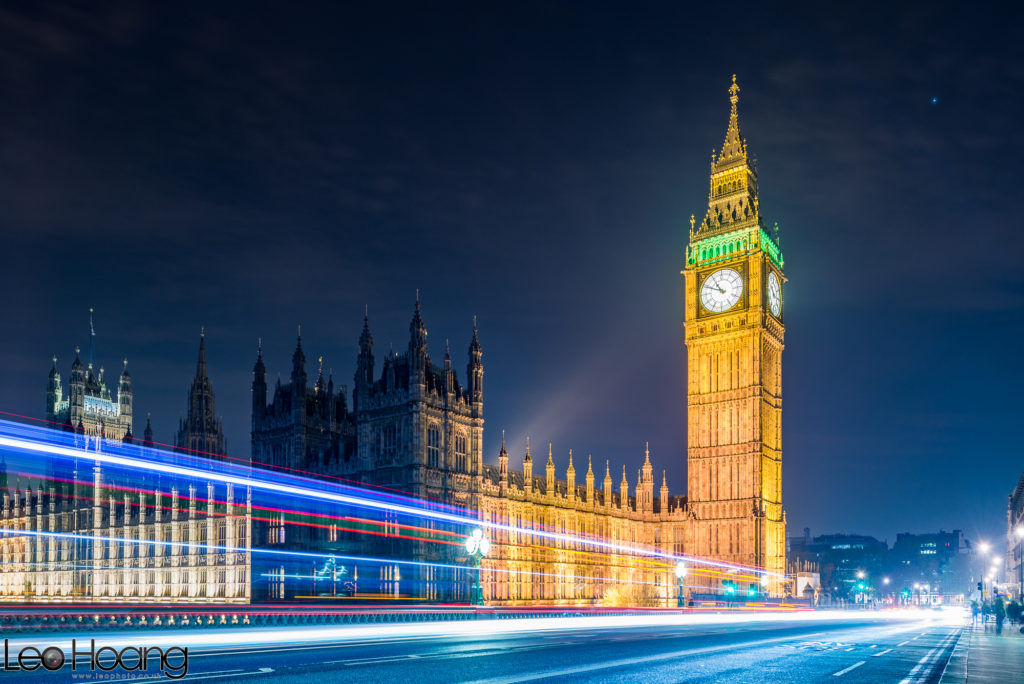
Nikon D800 w/ Nikon 24mm f/3.5 PC-E @ F/8, ISO100, 5sec
My final shot above was shot a little more complicated as I did use a Nikon 24mm f/3.5 PC-E Tilt-Shit lens to correct the converging lines in-camera.
I also did an HDR exposure blend and then manually blended with a single exposure to get correct dynamic range across the photo. I am also partial to a cooler tone within my images, so I then tweaked the colour tones to my taste.
Conclusion
Big Ben is definitely one of those sites every tourist must check out. It’s iconic to London and is a great piece of historical architecture.
Photographing this site in the day or night is a must for any visitor of the UK.
The obstacles you will come across are the converging lines and dynamic range. Both are more technical struggles which are easily overcome in post-production.however you do have to consider these obstacles at the time of shooting so that you have all the information required in post.
However, you do have to consider these obstacles at the time of shooting so that you have all the information required in post.
If you are not comfortable shooting in manual, I would suggest shooting Aperture Priority, F/5.6-F/8, ISO100 and bracket the photos +/- 1 or 2 stops. If your camera does not allow for in-camera bracketing, you should be able to manually adjust the exposure compensation +/- 1 or 2 stops to achieve a similar result.
Would love to see your results, so please do post to Instagram and tag @PhotographingLondon and @LeoPhoto using the Hashtag #PhotographingLondon.

